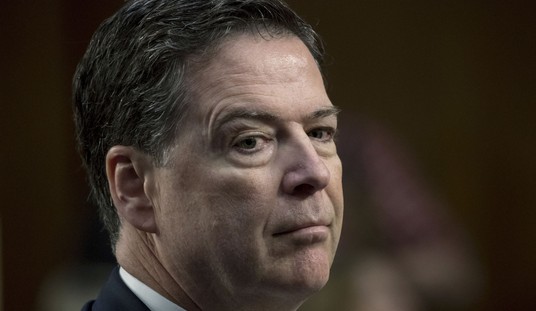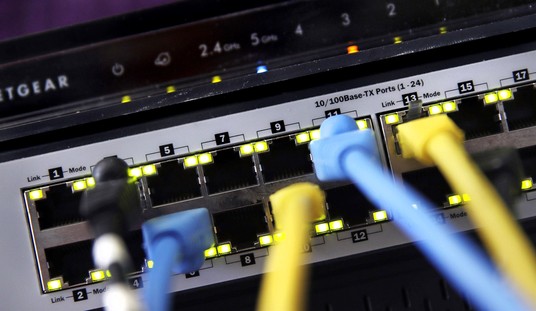Politico reports that estimates of voter turnout continue to decline in this year’s national election. At first, some predicted a turnout of 137 million. Now the estimates have declined to the point where the percentage of eligible voters would be the same as in 2004, but only if one accepts the idea that we’re still missing millions of votes from the final total:
Despite widespread predictions of record turnout in this year’s presidential election, roughly the same portion of eligible voters cast ballots in 2008 as in 2004.
Between 60.7 percent and 61.7 percent of the 208.3 million eligible voters cast ballots this year, compared with 60.6 percent of those eligible in 2004, according to a voting analysis by American University political scientist Curtis Gans, an authority on voter turnout.
He estimated that between 126.5 million and 128.5 million eligible voters cast ballots this year, versus 122.3 million four years ago. Gans said the gross number of ballots cast in 2008 was the highest ever, even though the percentage was not substantially different from 2004, because there were about 6.5 million more people registered to vote this time around.
The historic candidacy of President-elect Barack Obama, as well as the emphasis his campaign put on early voting and Election Day turnout, led many media and academic pundits to speculate that voter turnout this year would increase dramatically. In the run-up to the vote, even John McCain’s top pollster, Bill McInturff, joined other experts in predicting that turnout might surpass 130 million.
I wrote about this on Wednesday, when MS-NBC tried to argue that a 20-million vote deficit between the predictions and the total counted to that point would get erased by the West Coast, even though most of those votes had already been counted. Five days after the election, we still have yet to surpass 123 million votes, and nationwide 99% of all precincts have been counted. Only Washington and Oregon have any significant number of precincts still out (8% and 3%). At worst, that might represent 400,000 uncounted ballots at this stage.
Let’s add the 400,000 to the current vote totals. That would make the vote total 123,176,039 votes cast for the presidential race — far below the estimates given by so-called experts even today. With over 121 million votes cast in 2004 and over six million new voters registered in the last four years, that’s a rather disappointing conclusion to the longest presidential race in American history. That would mean that only a third of new voters bothered to cast ballots, or that a lot of previous voters withdrew from the process this time.
So what happened? Obama got six million more votes than John Kerry and John McCain got slighly under five million less than George Bush. Given the efforts at new registrations, it looks like Democrats turned out well, while a significant chunk of Republicans stayed home. Democratic GOTV efforts worked better than in 2004, but it didn’t produce a landslide. Republican GOTV efforts had been in full swing, but in the end, the ticket simply didn’t produce the excitement needed to carry the GOP to victory.
This doesn’t delegitimize the victory that Barack Obama won on Tuesday, but it does help demythologize it. Obama didn’t inspire any boost in participation in the election process throughout the entire population. The nominal gain seen will probably show as a slight decline in percentage participation among elegible voters from 2004, once the dust settles.








Join the conversation as a VIP Member